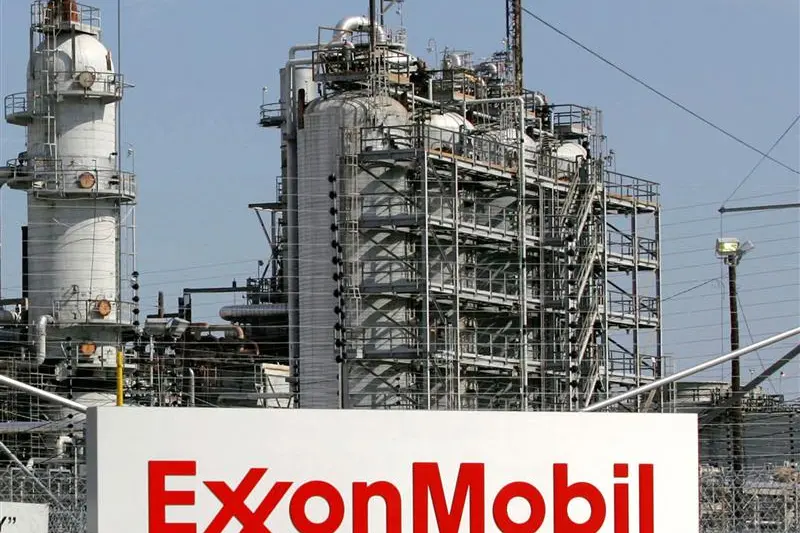PHOTO
DALLAS - Big Oil is proving shareholders need to keep their companies on a tight leash. Exxon Mobil and Chevron paid more attention to climate change over the past year and, perhaps coincidentally, their stocks outperformed the S&P 500 Index. But new plans to invest in Texas drilling show old habits die hard.
Just a year ago the $340 billion Exxon was scrambling to show shareholders how it would combat risks brought by climate change after they voted to require it to do so. In 2018 the company led by Darren Woods exited a lobby group working against environmental protections, and promoted a tax on carbon emissions. Chevron since went further, tying executive pay to reducing emissions. Both companies’ stock prices are up about 6 percent in the past 12 months, beating the flat S&P 500. Especially in Exxon's case, that's a big improvement on recent years.
This week, though, presentations at their annual investor days suggested they were back to their old selves. Exxon will plough some $48 billion into increasing production through next year. Both companies’ gushers in Texas are set to ramp up exponentially. Chevron plans to produce 900,000 barrels per day from the Permian Basin by 2023, and Exxon 1 million barrels by 2024.
Neither company has so far made meaningful returns from shale drilling, though both promise they will come. Doubling down on oil remains a gamble on the future. Even as alternative energy sources are gaining ground in most of the world, Exxon sees crude demand increasing at least through 2040. BP, however, recently predicted demand will peak in the 2030s, well within long-term planning horizons.
Then there are investors. Saudi Aramco Chief Amin Nasser said recently that the oil industry has a crisis of perception. If he’s right, that could discourage investment in oil, and perhaps hasten a shift to other forms of fuel. Friday's plan from Norway's sovereign wealth fund to divest oil and gas exploration stocks is one sign of the trend.
At next week's industry confab, CERAWeek, one panel is titled “Fuels of the Future: The new rivalry.” It's only a small step away from a focus on crude. Still, oil buffs gathering in Houston may wonder if the industry is shifting fast enough.
CONTEXT NEWS
- Chevron expects shale production from the Permian Basin to increase to 600,000 barrels per day and rise to 900,000 barrels per day by 2023, the company said in a presentation to analysts on March 5. Production in the fourth quarter of 2018 was 377,000 barrels per day. The following day, Exxon Mobil outlined plans for increased capital spending to help boost production in West Texas to 1 million barrels per day.
- Industry experts will convene March 11-15 in Houston at the annual CERAWeek conference, hosted by research group IHS Markit.
(Editing by Richard Beales and Martin Langfield)
(( Lauren.SilvaLaughlin@thomsonreuters.com ; Reuters Messaging: Lauren.SilvaLaughlin.thomsonreuters.com@reuters.net ))
© Reuters News 2019












